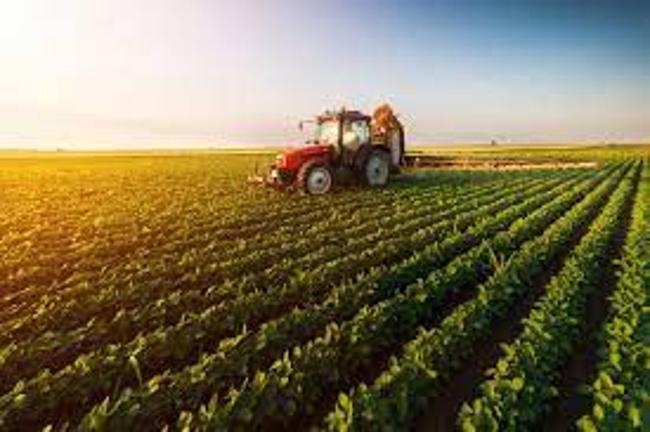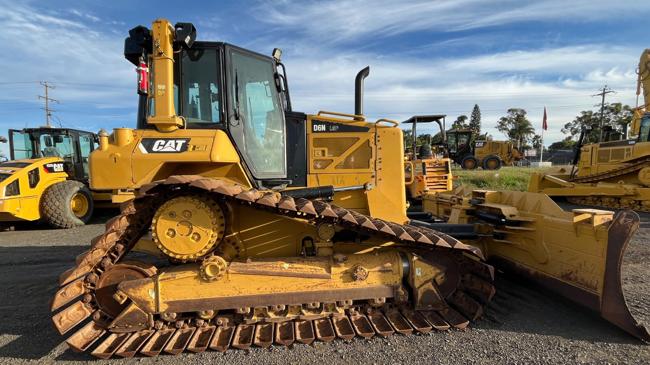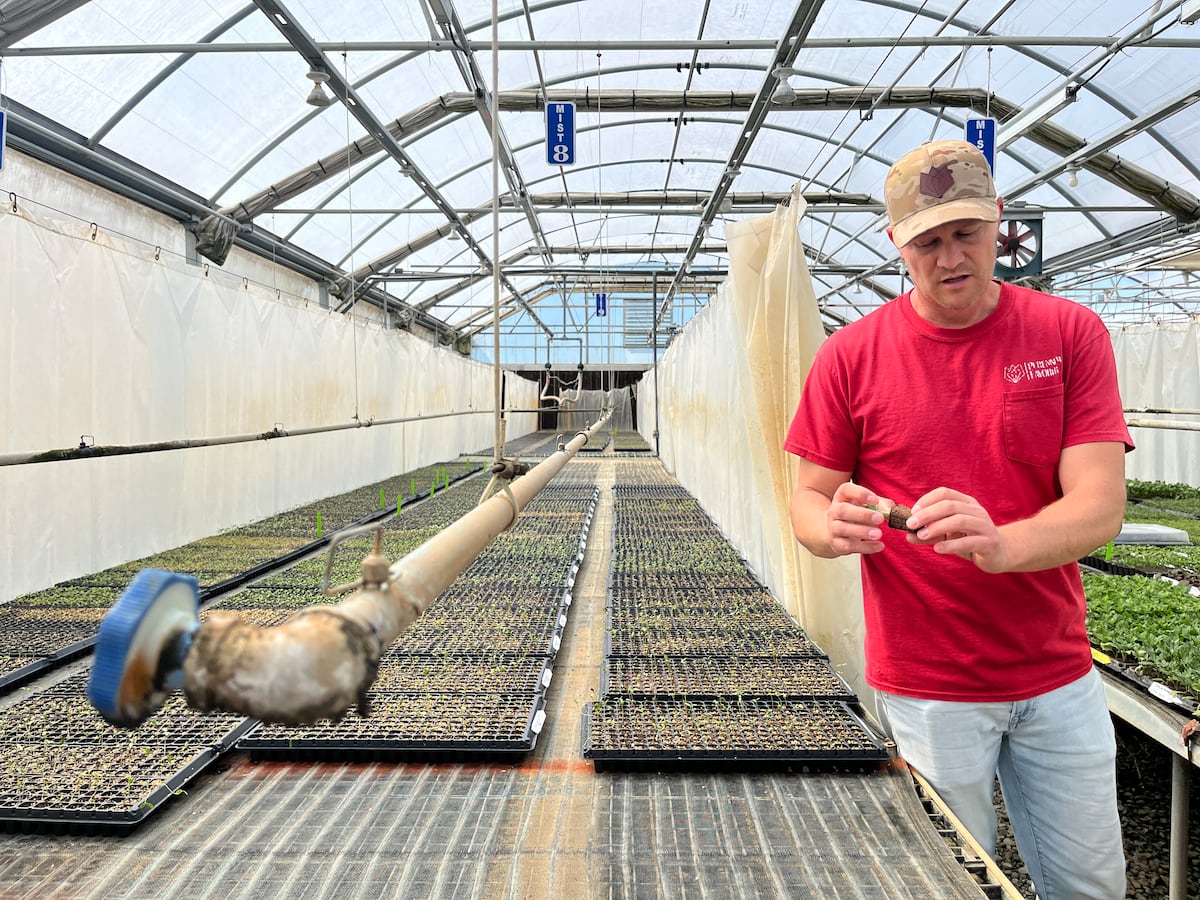Summary
More than 3,000 attendees gathered at the New York State Fairgrounds this week to celebrate the 100th anniversary of the New York Future Farmers of America, according to CNY Central. The event returned to the site of its first convention in 1925,
Source: FingerLakes1.com

AI News Q&A (Free Content)
Q1: What is the historical significance of the New York Future Farmers of America (FFA) returning to the State Fairgrounds for its 100th anniversary?
A1: The New York FFA marked its 100th anniversary by returning to the State Fairgrounds, the site of its first convention in 1925. This event highlights the organization’s long-standing commitment to agricultural education, leadership, and career development for youth. FFA, originally founded as the Future Farmers of Virginia in 1925 and expanded nationally in 1928, has played a crucial role in supporting agricultural innovation and rural community development across the U.S. Its centennial celebration underscores a century of fostering interest in agriculture among students and adapting to changes in the industry.
Q2: How has the mission of the FFA evolved over the years, especially regarding agricultural innovation?
A2: Originally focused on production agriculture, the FFA now embraces a broader mission to include science, business, and technology related to food, fiber, and natural resources. The name change in 1988 to the National FFA Organization reflected this shift. Today, FFA supports innovation through educational programs that incorporate cutting-edge agricultural practices and technologies, preparing members for careers in diverse sectors including agri-business, biotechnology, and environmental science.
Q3: What are some of the latest technological innovations impacting agriculture in the United States, and how are organizations like FFA involved?
A3: Recent innovations in U.S. agriculture include the adoption of the Web of Things (WoT), which enables integration and interoperability among devices used in smart agriculture. These technologies facilitate data-driven decision-making, automation, and sustainability practices. FFA chapters nationwide incorporate these trends into their curricula and competitions, exposing students to real-world applications and encouraging the development of skills required for the modern agricultural workforce.
Q4: According to recent scholarly research, what are the unique opportunities and challenges rural American communities face in the adoption of intelligent infrastructure for agriculture?
A4: Scholarly research highlights that rural communities, which are vital for U.S. agriculture, often face challenges such as limited access to broadband and advanced infrastructure. However, these areas also present unique opportunities for innovation by piloting and scaling intelligent infrastructure solutions in transportation, energy, and health. Coordinated policy and investment are essential to ensure that rural regions benefit from the digital revolution and contribute to broader economic growth.
Q5: How does the integration of Web of Things (WoT) technologies contribute to advancements in smart agriculture, as identified in recent systematic literature reviews?
A5: Systematic literature reviews identify WoT as a game-changing technology in agriculture by enabling seamless connectivity between heterogeneous devices and systems. WoT-based solutions support precision agriculture, resource optimization, and real-time monitoring, leading to increased productivity and sustainability. Research also emphasizes the development of taxonomies and models for WoT applications, indicating ongoing innovation and areas for further exploration.
Q6: What economic impacts are associated with the adoption of data-driven forecasting and machine learning models in crop yield prediction?
A6: The use of advanced regression models and machine learning, such as Random Forest Regression, for crop yield prediction has proven highly accurate, with determination coefficients as high as 0.94. These models enable farmers and policymakers to make informed decisions about resource allocation, risk management, and investment, potentially increasing profitability and reducing losses due to unforeseen environmental factors. Improved forecasting also supports food security and market stability.
Q7: How does FFA’s focus on innovation and education prepare students for future careers in agriculture and related industries?
A7: FFA’s integration of science, technology, engineering, and math (STEM) education, leadership training, and hands-on experiences ensures students are equipped with the skills needed for evolving roles in agriculture and agri-business. By participating in national conventions, competitions, and local chapter activities, students gain exposure to the latest industry trends and develop competencies in problem-solving, innovation, and collaboration, positioning them for success in a rapidly changing sector.
References:
- National FFA Organization - https://en.wikipedia.org/wiki/National_FFA_Organization





